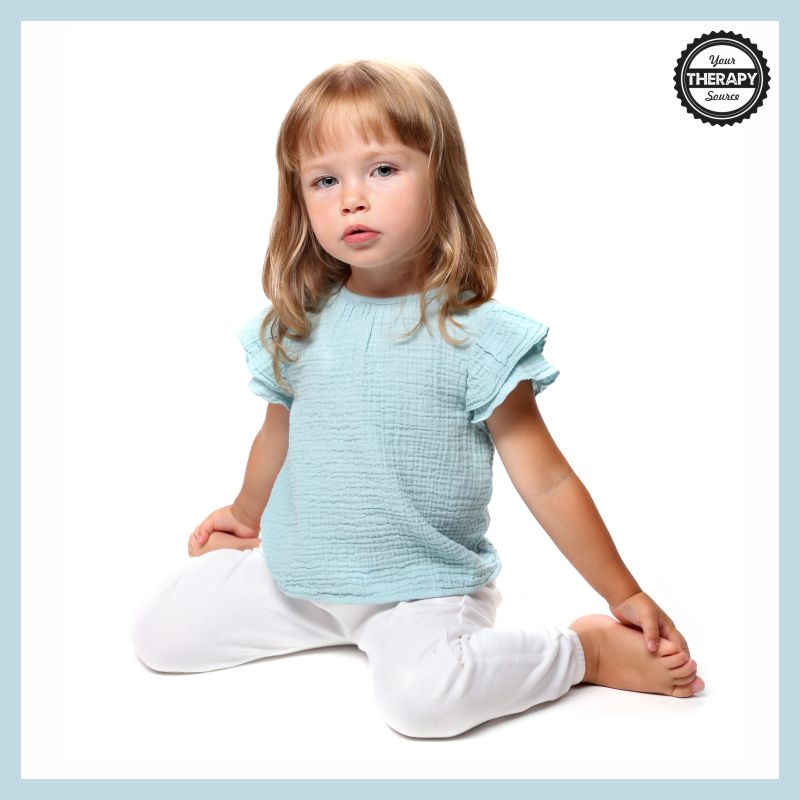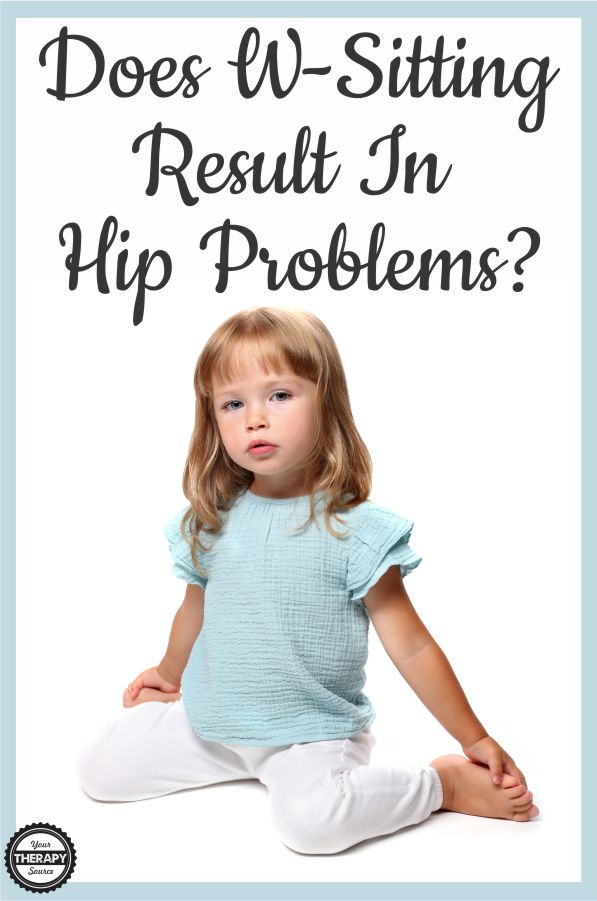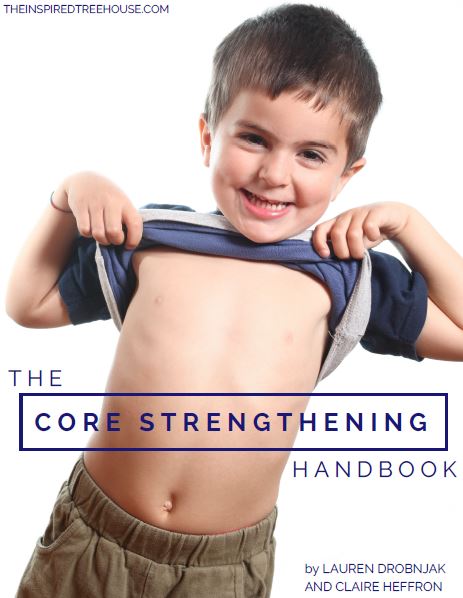W-Sitting and Hip Dysplasia

Often times as therapists, teachers, and parents it has been past practice to discourage children from w-sitting. We often recommended alternative sitting positions other than w-sitting. The negative effects that we often describe do not have research to support it. Examples of these negative effects that are not evidence based are the following:
- hip muscle tightness
- hip dysplasia
- lack of crossing midline
- in toeing
- decreased weight shifting
- poor postural control muscles.

What Does the Research Say About W-Sitting and Hip Dysplasia?
A prospective study was recently completed to explore the relationship between w-sitting and hip dysplasia in 104 children with an average age of 9.9 years old. Each participant had a hip/pelvis radiography where measurements of hip dysplasia were recorded. In addition, parents and the children filled out a survey about the child’s sitting habits.
Following statistical analysis, the researchers determined the following:
- 46% had current or past w-sitting.
- 11% were current, preferred position w-sitters.
- 22% were current, non preferred position w-sitters.
- 13% were w-sitters in the past.
- 54% never were w-sitters.
Among all the children there was no difference in measures of hip dysplasia therefore the researchers concluded that w-sitting in children is not associated with hip dysplasia.
Reference:
Rethlefsen, S. A., Mueske, N. M., Nazareth, A., Abousamra, O., Wren, T. A., Kay, R. M., & Goldstein, R. Y. (2020). Hip Dysplasia Is Not More Common in W-Sitters. Clinical Pediatrics, 0009922820940810.




